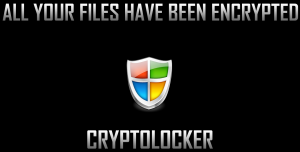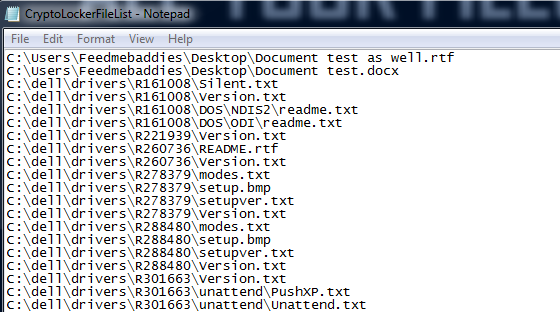It seems as though every few weeks we see a new encrypting ransomware variant. It’s not surprising either since the business model of ransoming files for money is tried and true. Whether it’s important work documents, treasured wedding pictures, or complete discographies of your favorite artists, everyone has valuable data they don’t want taken.
This is the last thing anyone wants to see.
This variant does bring some new features to the scene, but also fails at other lessons learnt by previous variants. Starting with the new features this variant will now just “delete” the files after encrypting them (it just hides them from you). This doesn’t add any more intangibility since they are encrypted with AES-128 anyway, but it does add a greater sense of loss and panic since all of your common data directories will appear to have been cleaned out. Another new feature is the constant raise in price every 24 hours. While price bumping was used on previous variants, this one doesn’t have a limit and will increase by .2 bitcoins (~$97) every 24 hours until you crack or make peace with this loss.
Where this variant falls short on overall volatility is in the failure to delete the VSS (Volume Shadow Service) so using tools like Shadow Explorer will work to retrieve your files and circumvent paying the ransom. As I’ve said in previous blogs I do expect issues like this to be fixed once this malware is adopted by more botnets for widespread distribution.
Webroot will catch this specific variant in real time before any encryption takes place. We’re always on the look out for more, but just in case of new zero day variants – remember that with encrypting ransomware the best protection is going to be a good backup solution. This can be either through the cloud or offline external storage. Keeping it up to date is key so as not to lose productivity. Webroot has backup features built into our product that allow you to have directories constantly synced to the cloud. If you were to get infected by a zero day variant of encrypting ransomware you can just restore your files back as we save a snapshot history for each of your files up to ten previous copies.











Did you know AntiRansom http://www.security-projects.com/?Anti_Ransom ?